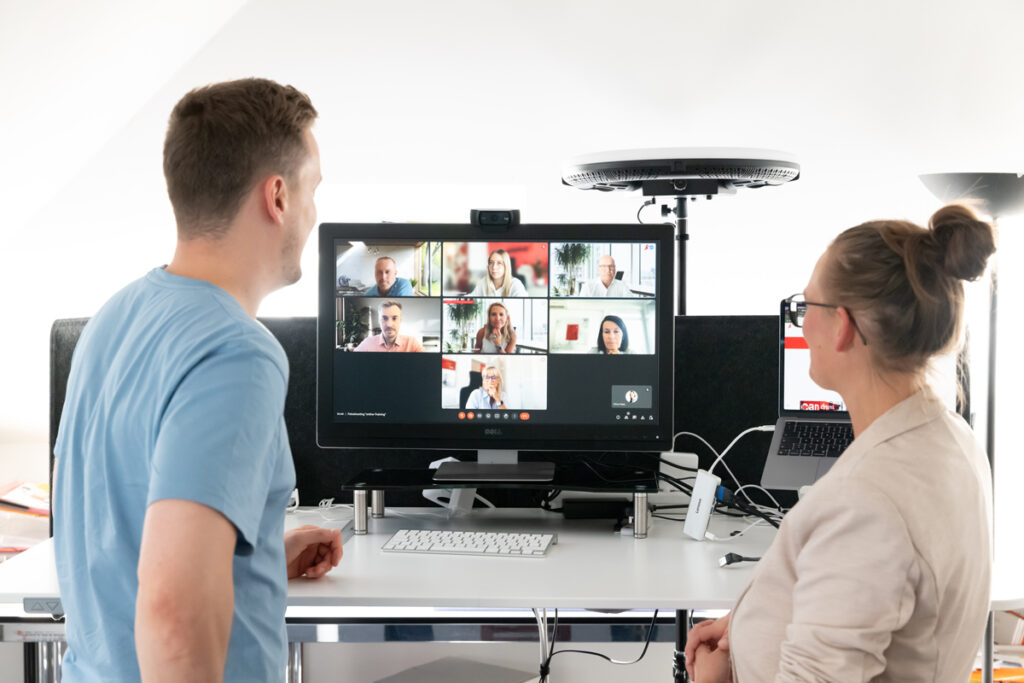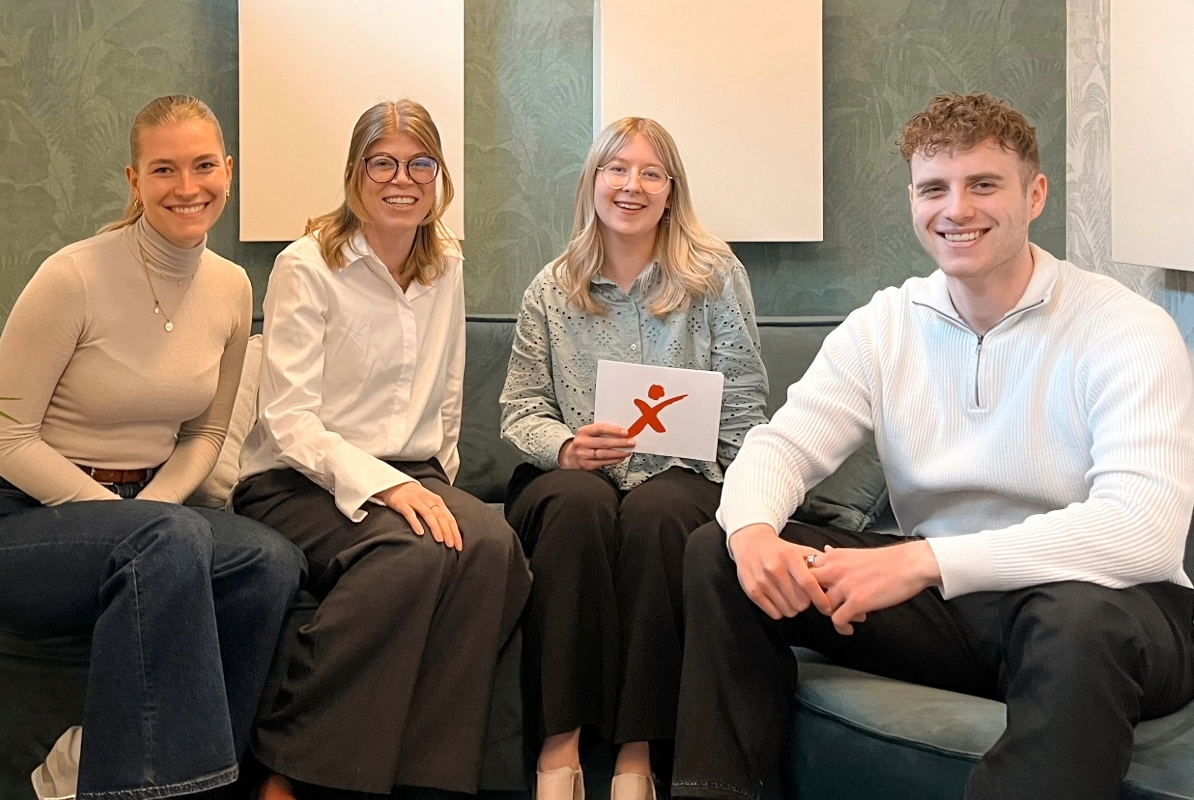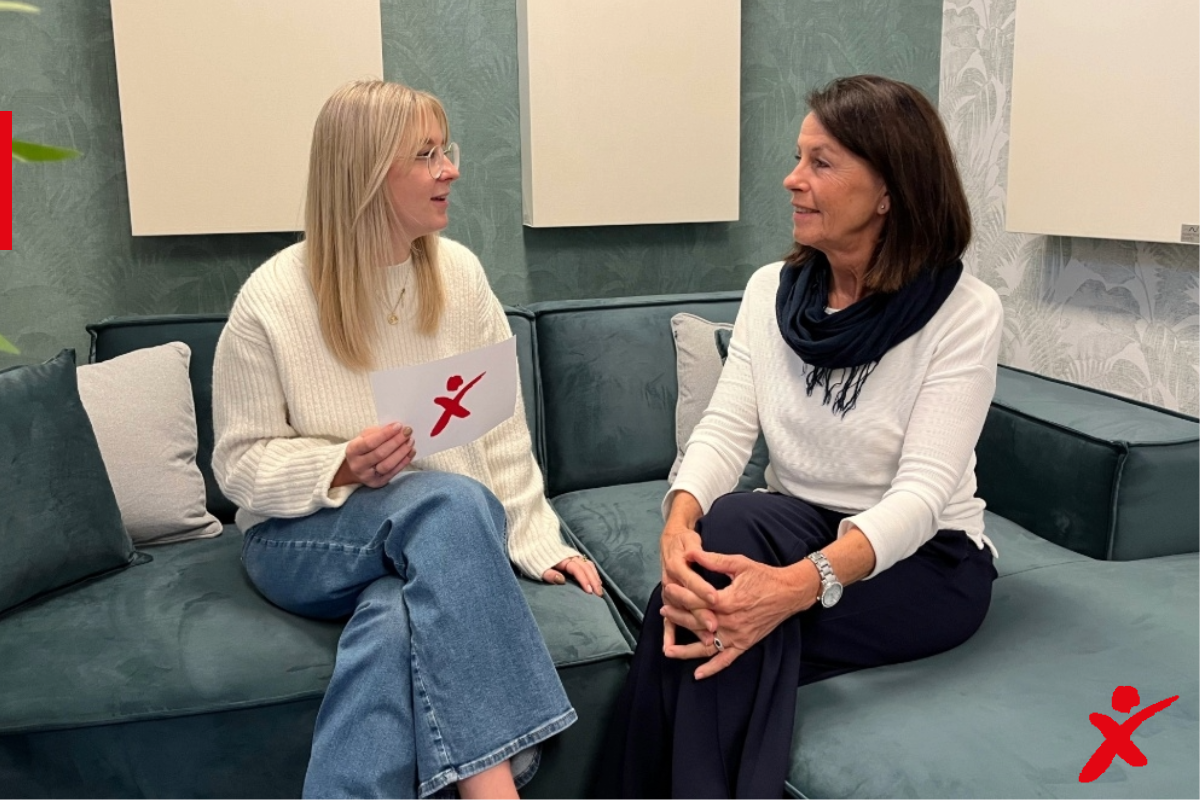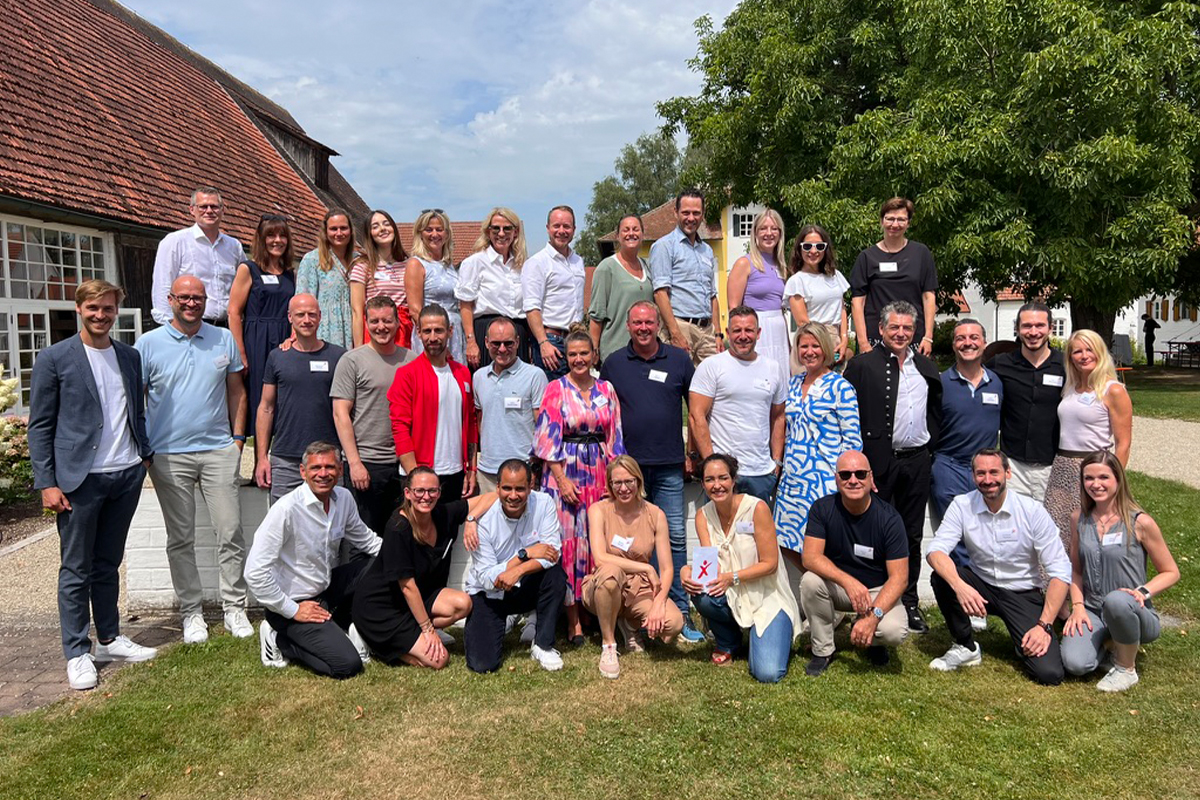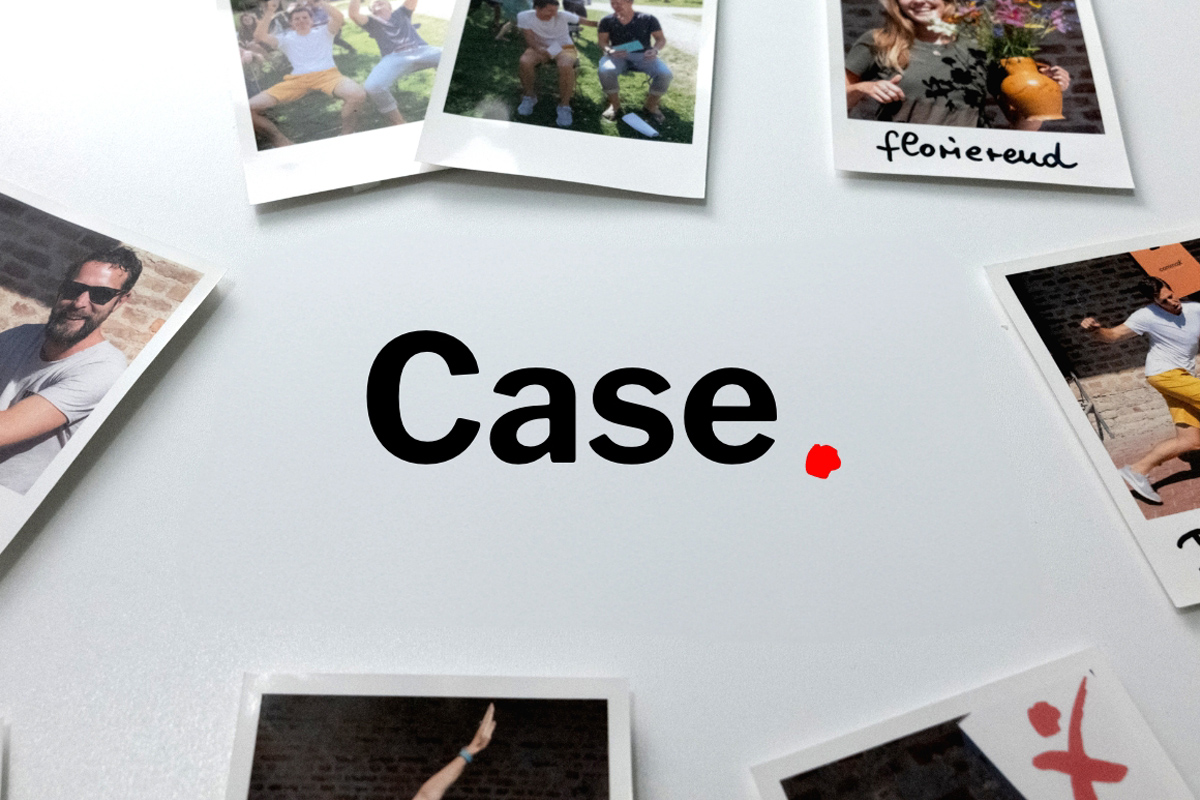Training is not just about learning something. It sparks enthusiasm, creates space for practice, and leads to questioning and, ideally, changing behaviors.
Immediately after a training impulse, motivation is usually high. Participants recognize the many benefits and truly want to implement what they have learned. But then everyday life sets in. The initial euphoria is overshadowed. And soon, old behavioral patterns creep back in, and the training content increasingly falls into oblivion.
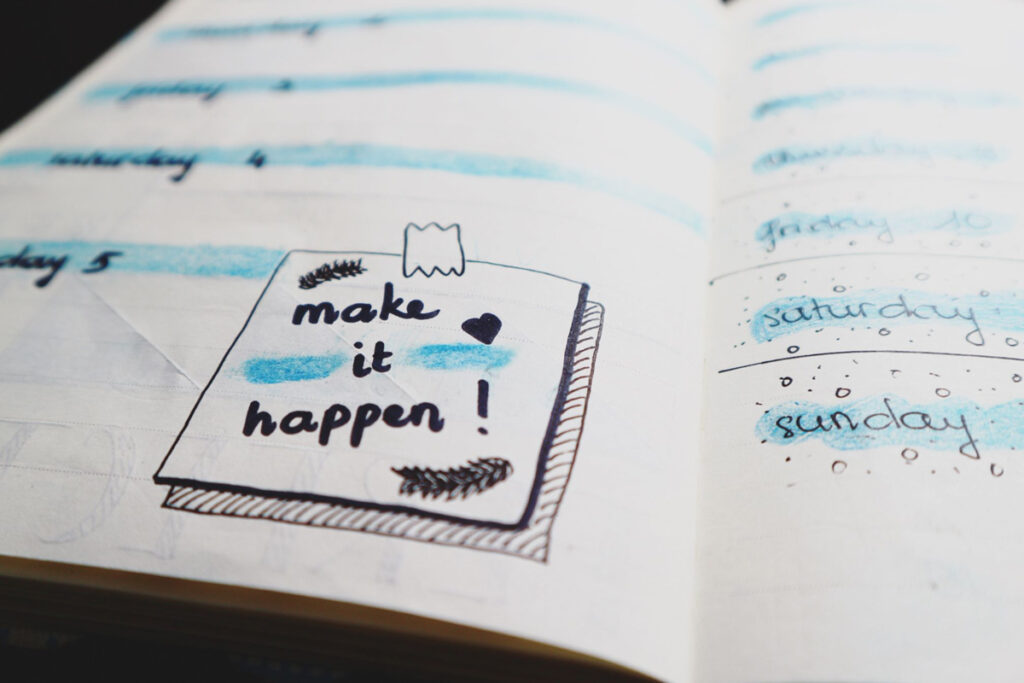
The Learning Journey is Key
Neuroscience shows that longer learning journeys or multiple learning impulses are required for learned material to truly result in a change in behavior. Accordingly, a Commax measure consists of several upstream and downstream learning impulses, thus ensuring a sustainable impact.
As we at Commax also apply the Blended Learning approach, the learning journey here combines the best of all learning worlds. In a scientific context, this is also referred to as “learning in media networks” or “hybrid learning arrangements”. Blended Learning is the holistic, effective, and efficient combination of different methods and media, both digital and in-person, as well as the combination of synchronous and asynchronous learning units. Synchronous learning units refer to collaborative learning in a group, typically with a trainer, while asynchronous learning units refer to tasks that can be completed independently of time, such as self-study, preparation, or reflection assignments.
As we at Commax also apply the Blended Learning approach, the learning journey here combines the best of all learning worlds. In a scientific context, this is also referred to as “learning in media networks” or “hybrid learning arrangements”. Blended Learning is the holistic, effective, and efficient combination of different methods and media, both digital and in-person, as well as the combination of synchronous and asynchronous learning units. Synchronous learning units refer to collaborative learning in a group, typically with a trainer, while asynchronous learning units refer to tasks that can be completed independently of time, such as self-study, preparation, or reflection assignments.
Practical Example: “Blended Learner Journey for Professionals”
A successful example of a blended Learner Journey is the following program for professionals, designed for six months and consisting of various digital, in-person, synchronous, and asynchronous learning modules:
- Kick-off: Online Kick-off Event
- Core: Two in-person modules, framed by pre- and post-work
- Deepening: Online individual sessions, each after the in-person modules
- Transfer: Self-organized peer-group meetings, as well as
- Consolidation: An in-person follow-up appointment after three months
Additionally, each participant receives a personal learning buddy as a companion. At this point, digital aids such as a learning or transfer app could also be used.
As Individual as the People
The design of your learning journey and the key stages on your path to achieving your learning goal are unique to you. Therefore, a precise needs analysis and consideration of your individual circumstances are worthwhile. There is no single “THE Learning Journey”. What always helps: Having an insider by your side. We look forward to accompanying you on your individual learning journey, whether as a company or an individual.
Learn more about our destinations and itineraries:
Companies: Human Resources Development, Organizational Development
Individuals: Link to the Commax Academy
Learn more about our destinations and itineraries:
Companies: Human Resources Development, Organizational Development
Individuals: Link to the Commax Academy
